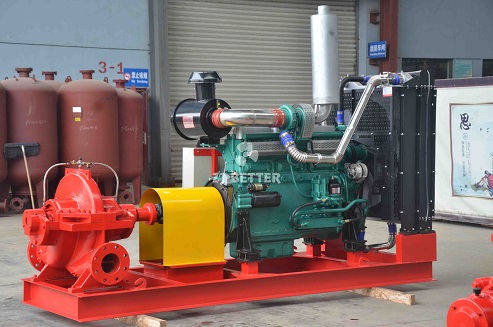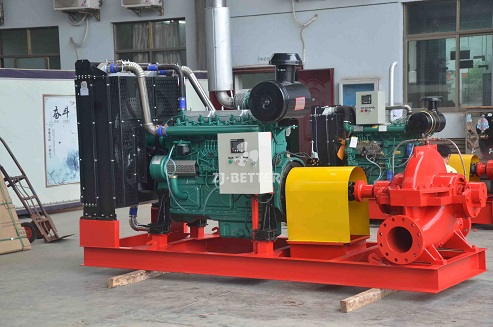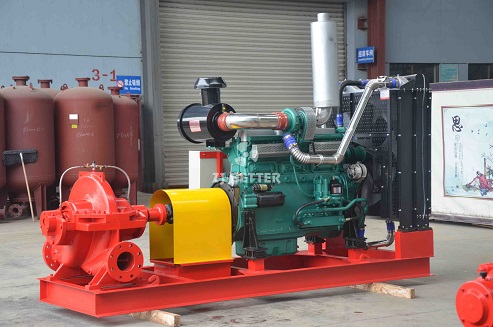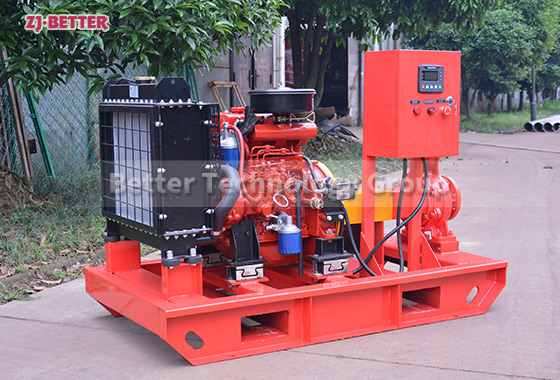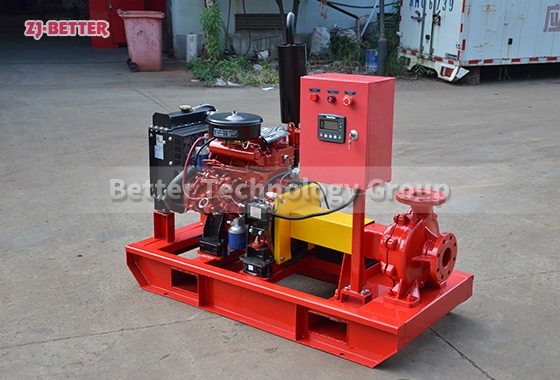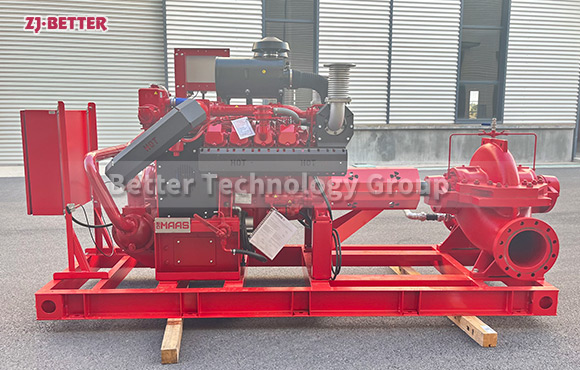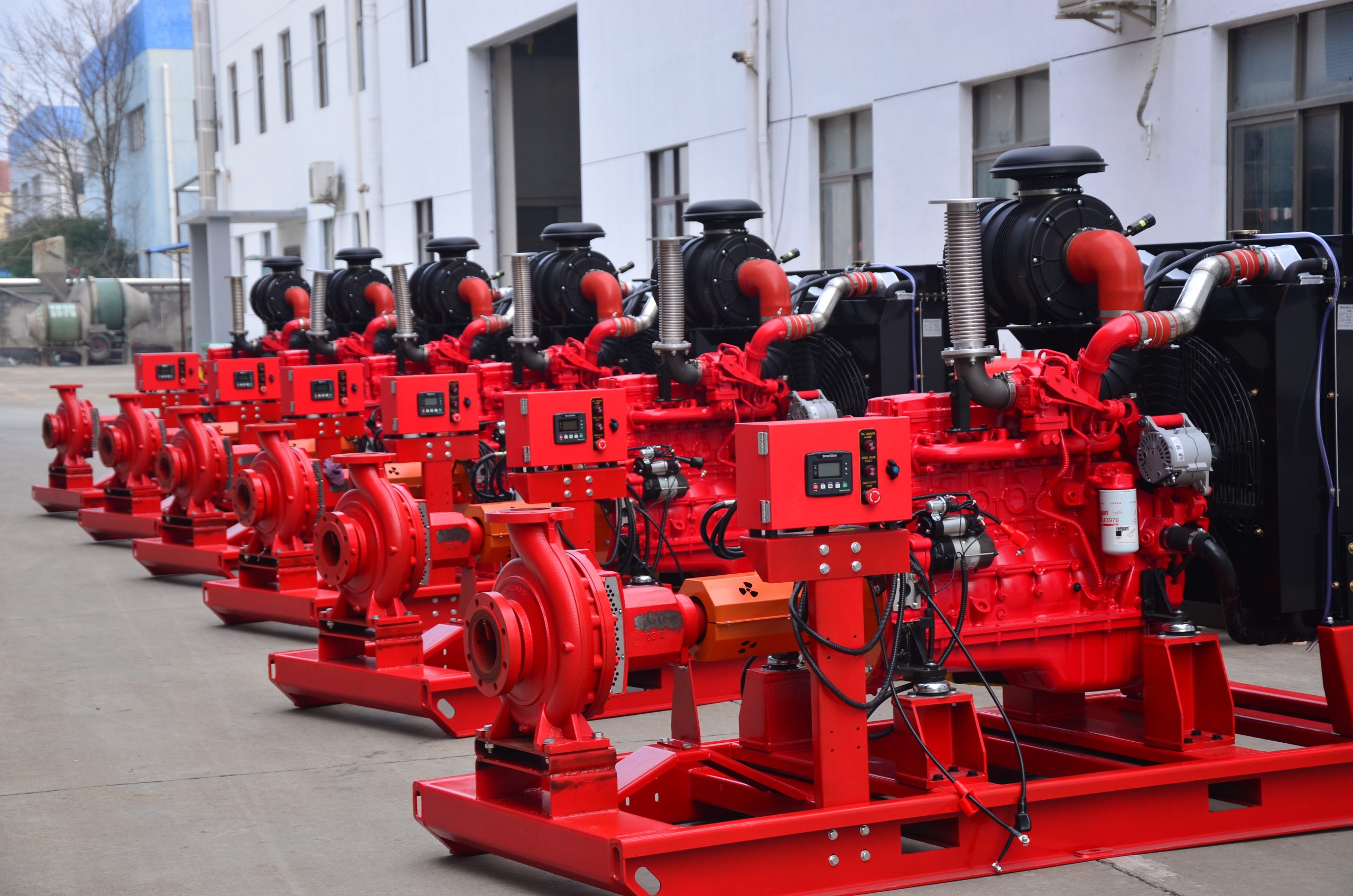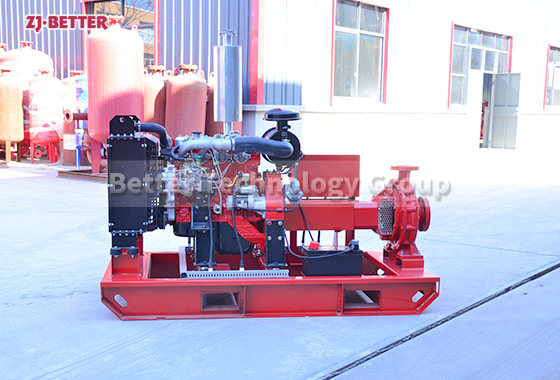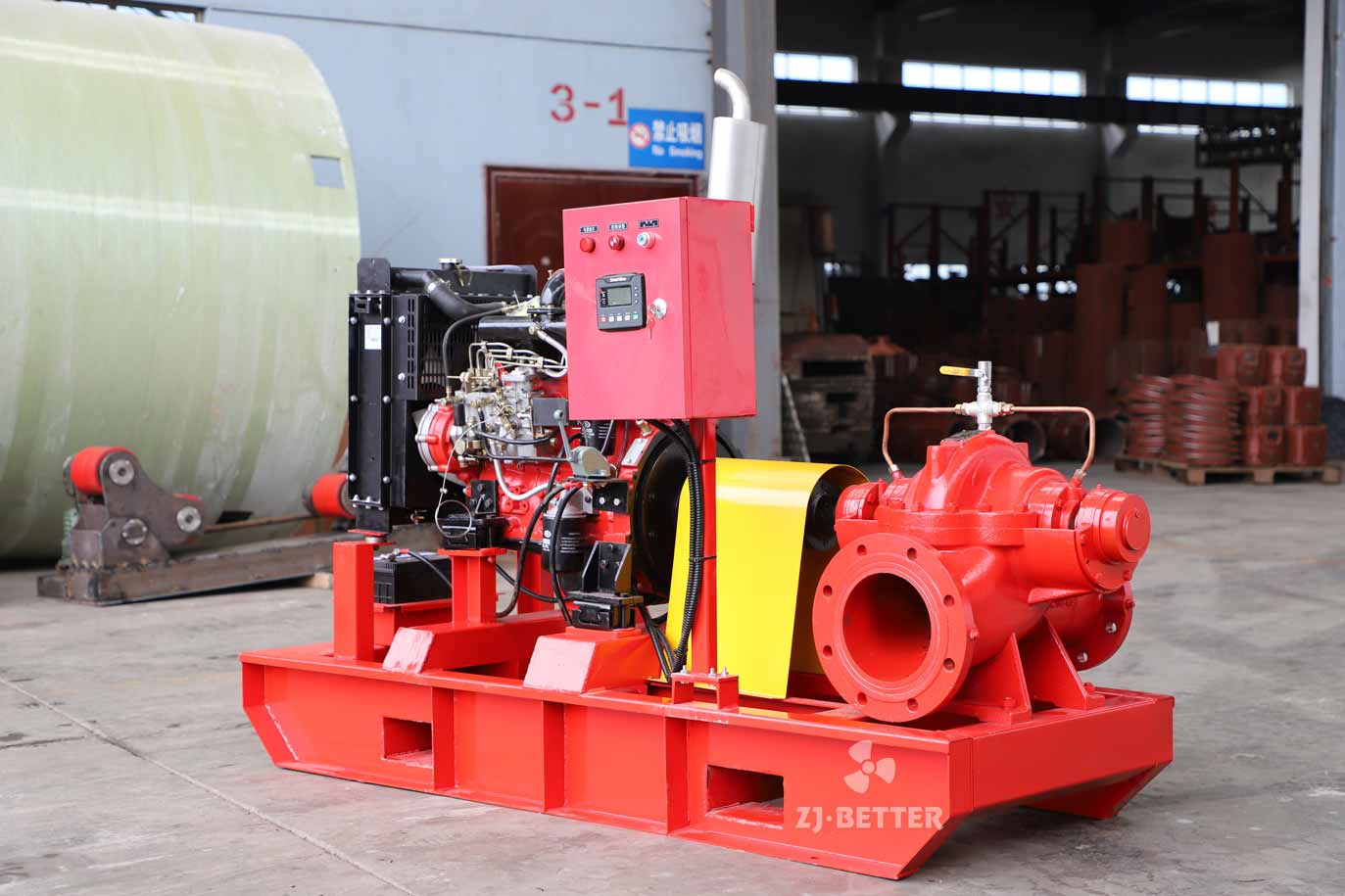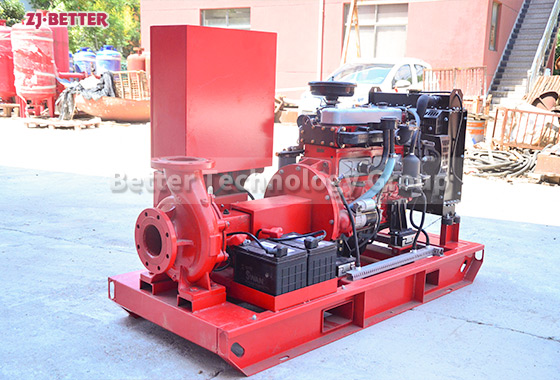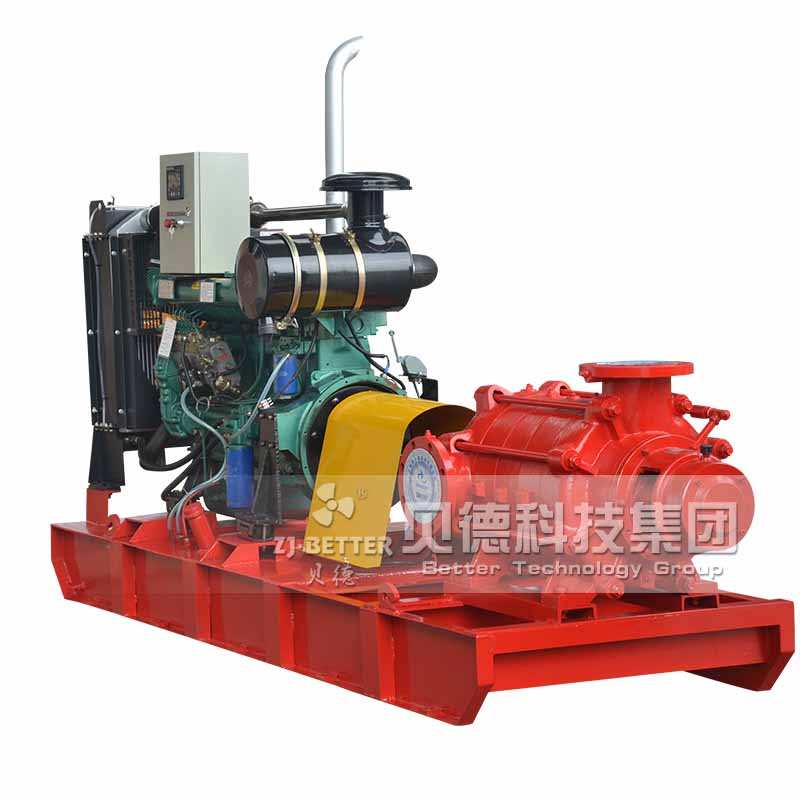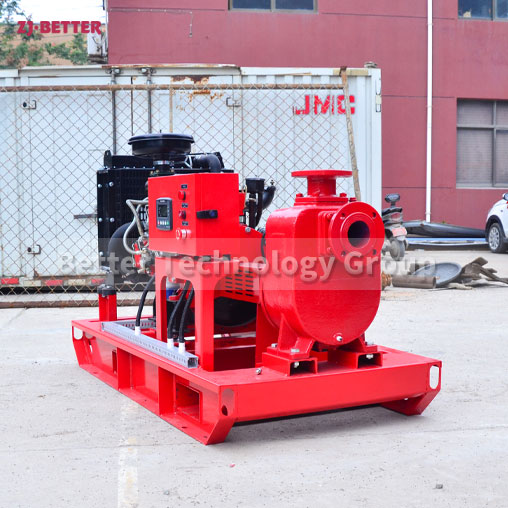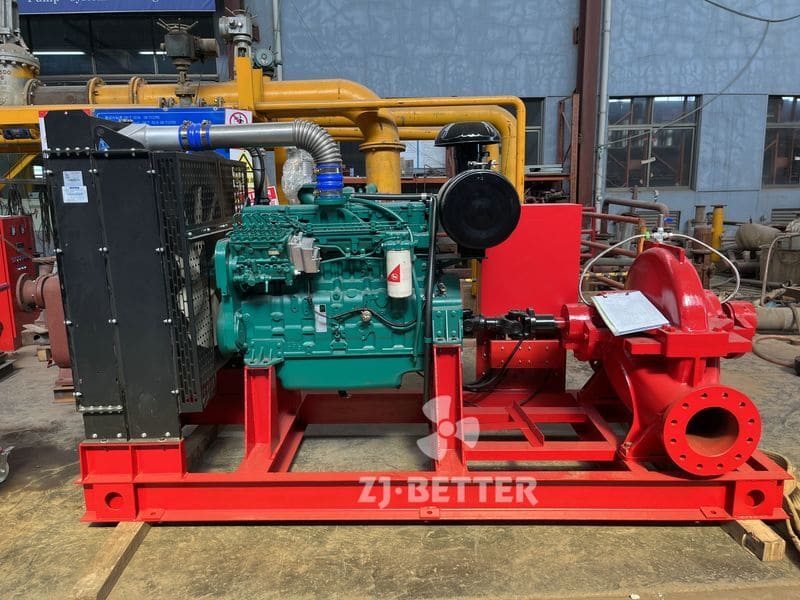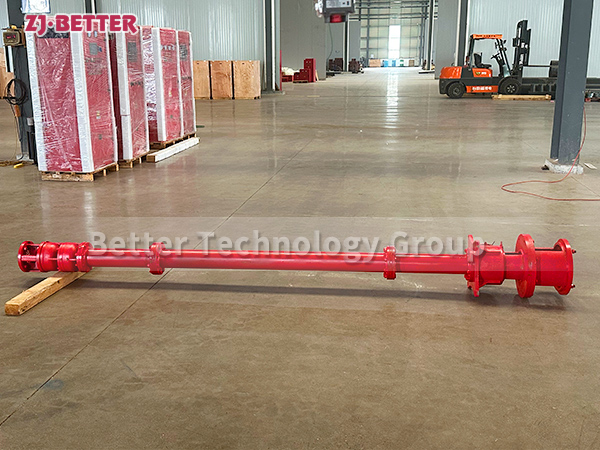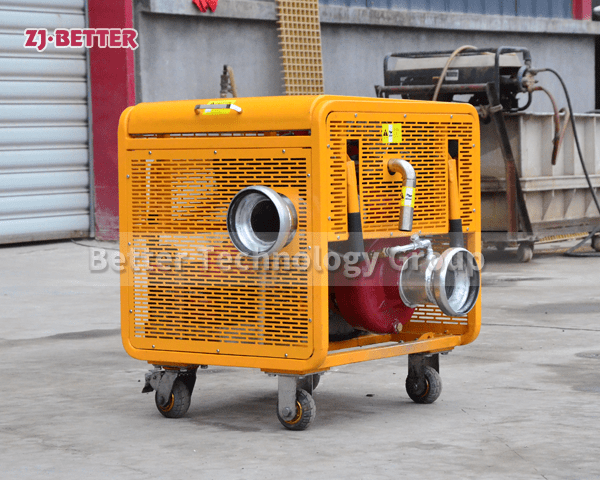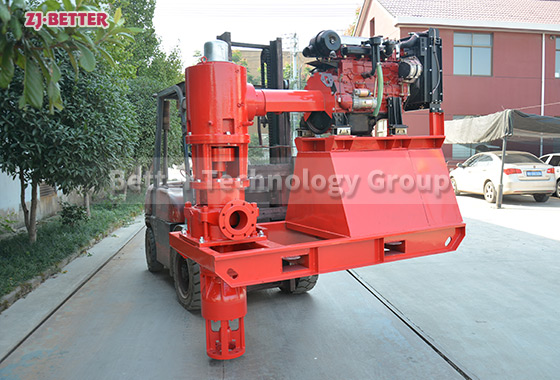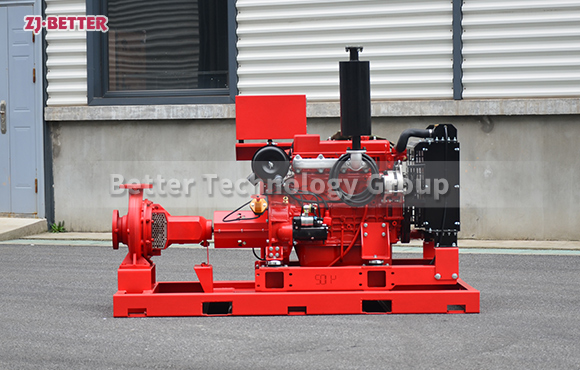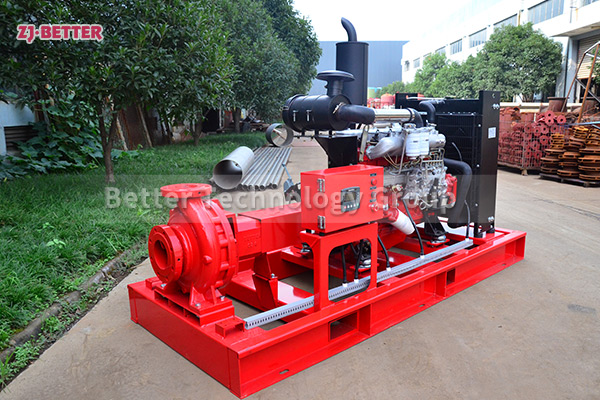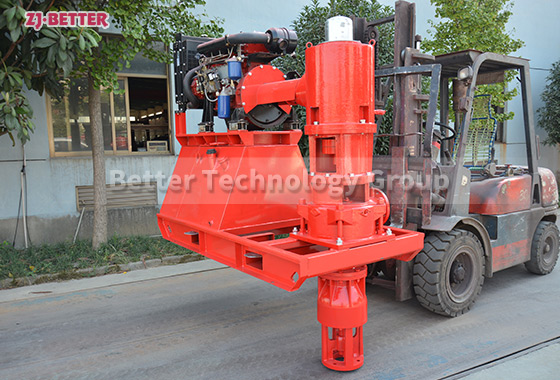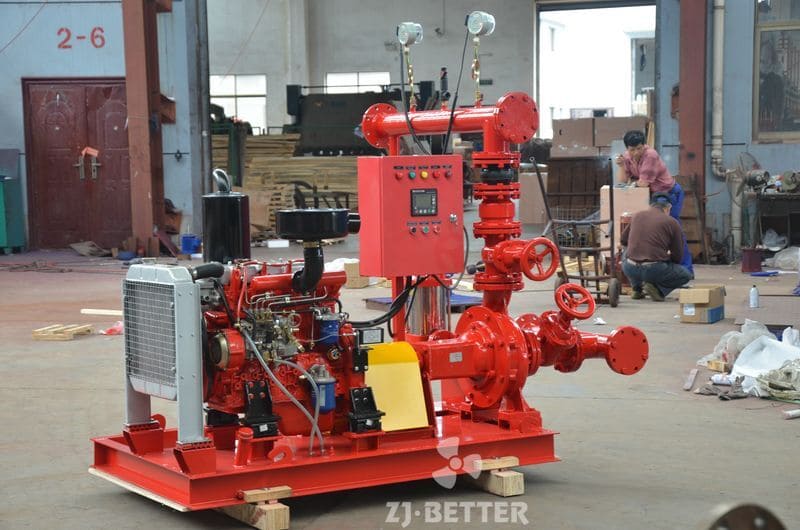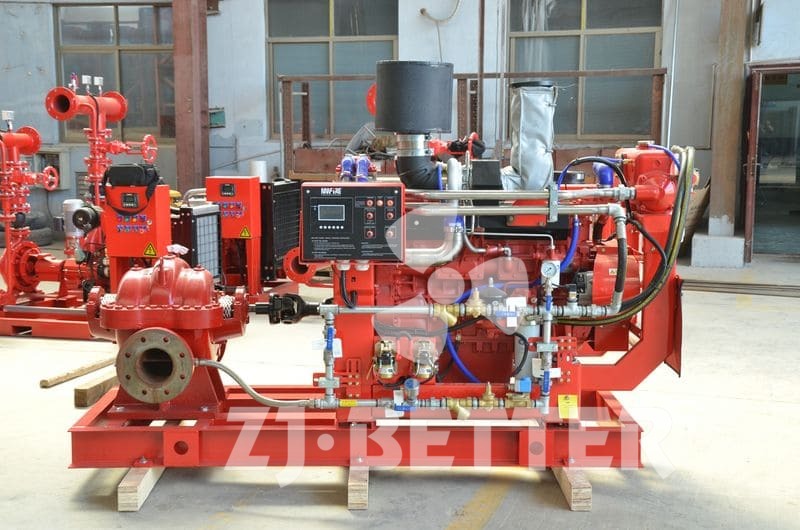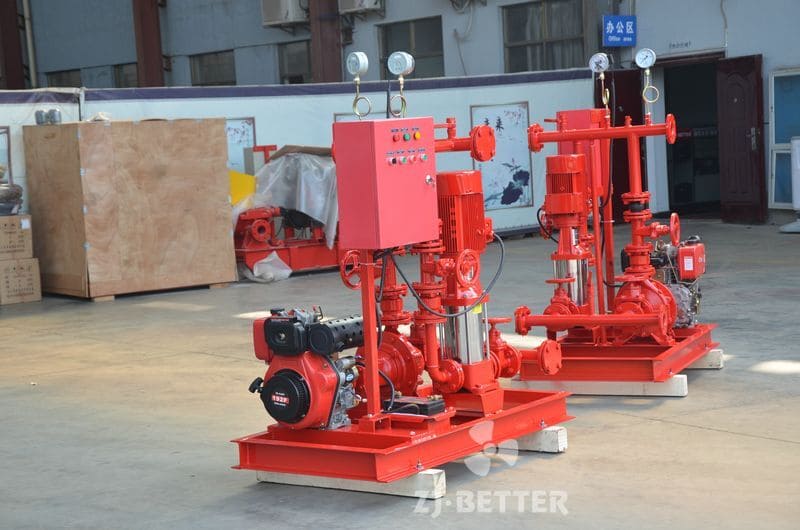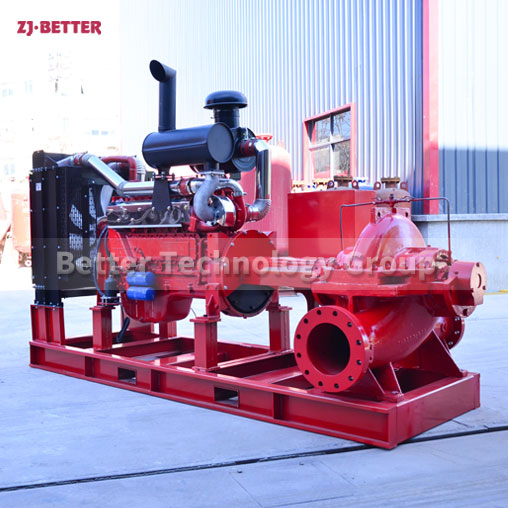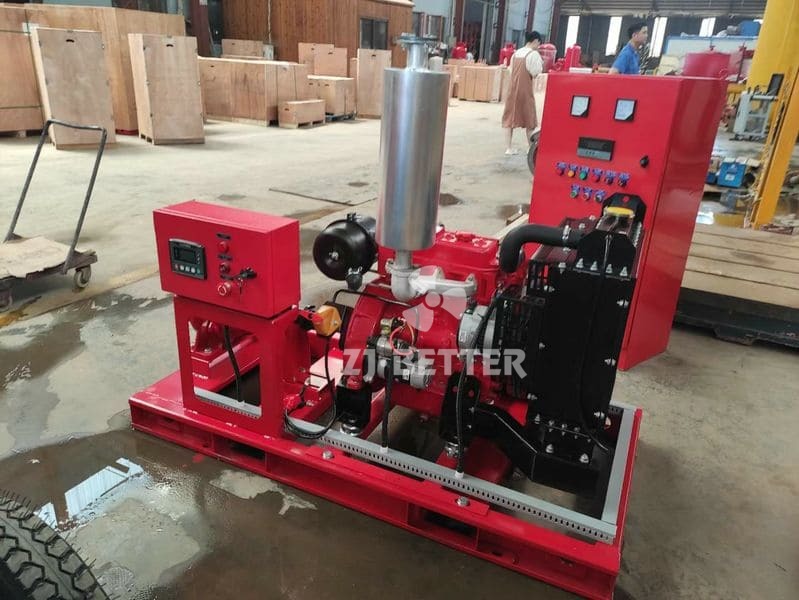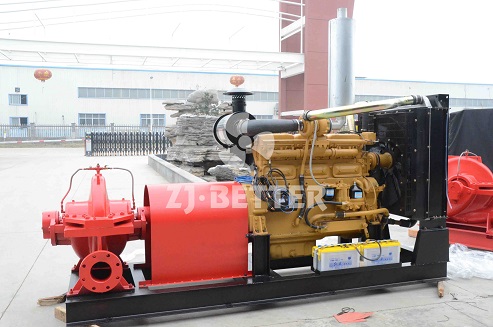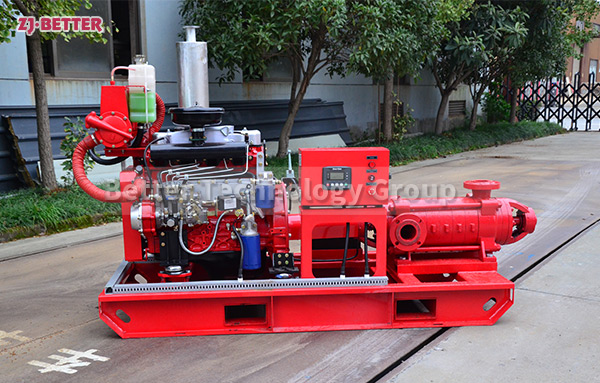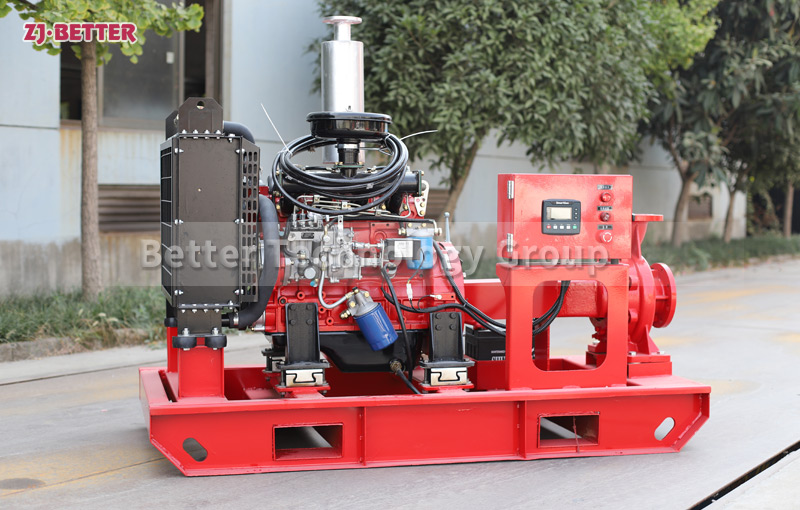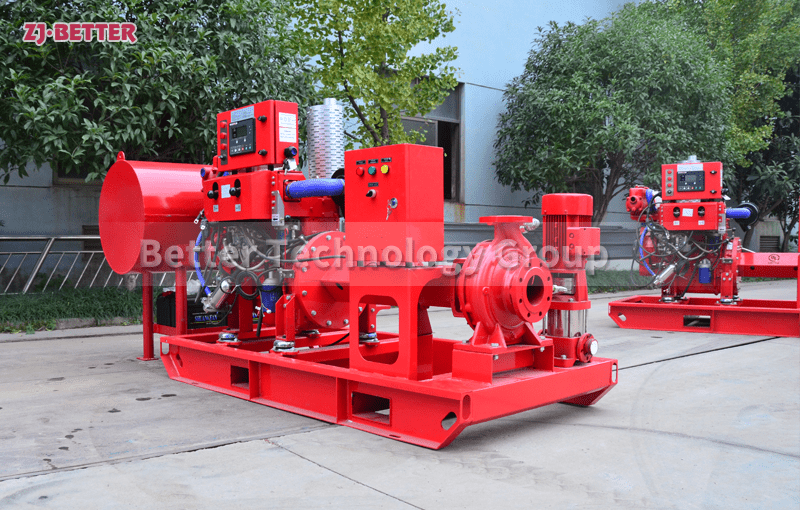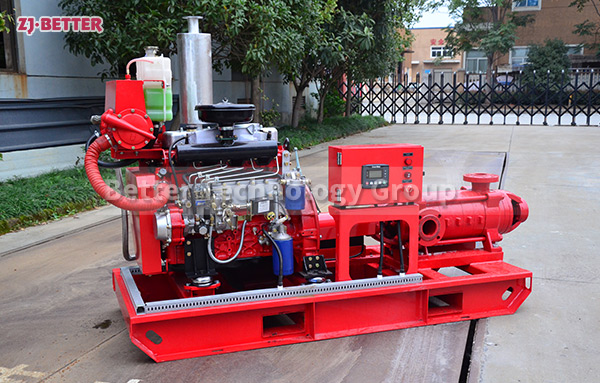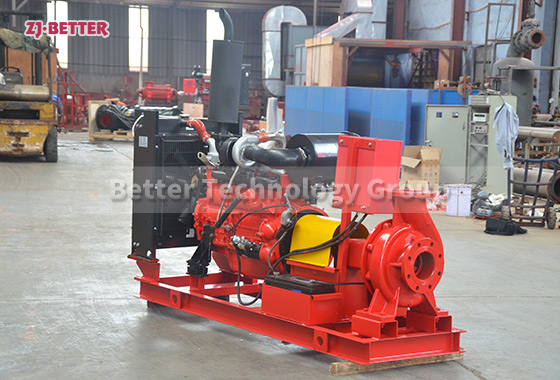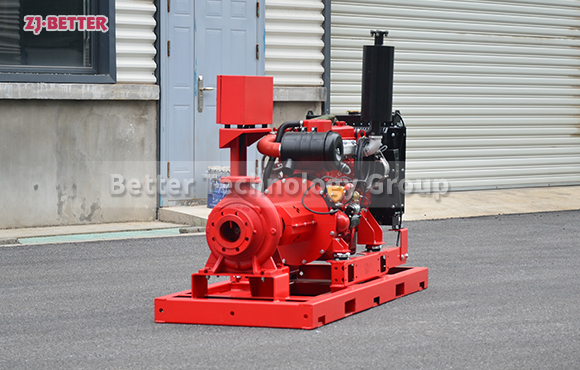Diesel engine fire pump maintenance
Check the three leaks (antifreeze, oil, gas) check the tubing, water pipe joints at the sealing surface, found a leak, should be resolved immediately. If the exhaust pipe, cylinder head gasket at the supercharger loose or leak phenomenon, it should be promptly ruled out.
Check the three leaks (antifreeze, oil, gas) check the tubing, water pipe joints at the sealing surface, found a leak, should be resolved immediately. If the exhaust pipe, cylinder head gasket at the supercharger loose or leak phenomenon, it should be promptly ruled out.
Regular (one month) to observe the electrolyte surface height, such as the liquid level down to the minimum liquid level (min) the following, you should add the regular manufacturers of battery recharge liquid to the highest liquid level (max), is strictly prohibited to join other rivers and other media.
Check the installation of the accessories of the diesel engine, including the stability of the installation of the annex, the foot screw and the device connected with the firmness.
Check the fuel pump drive connection plate connection screw is loose, if loose, should be re-calibrated fuel injection advance angle, and tighten the connection screw.
Clean the appearance of the diesel engine and the auxiliary equipment wipe the fuselage, the turbocharger, the cylinder head cover, the air cleaner, etc. On the surface with a dry cloth or a soaked diesel cloth. Blowing clean the generator, radiator, fan and other surface dust.

